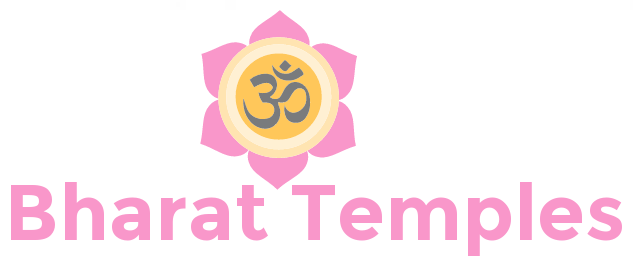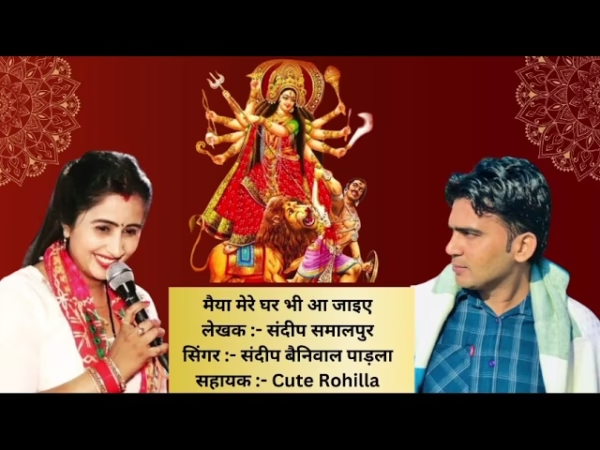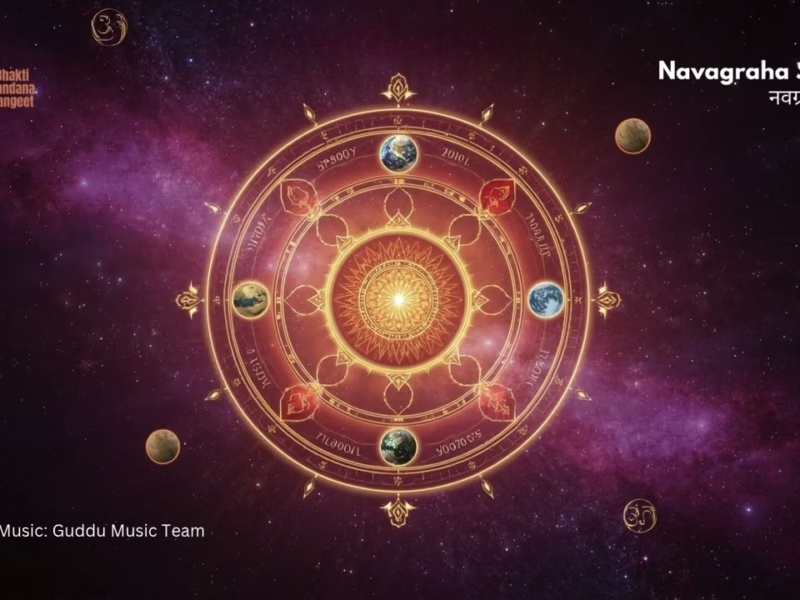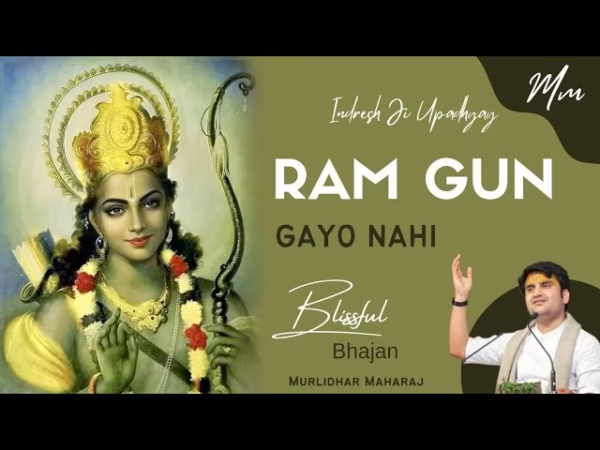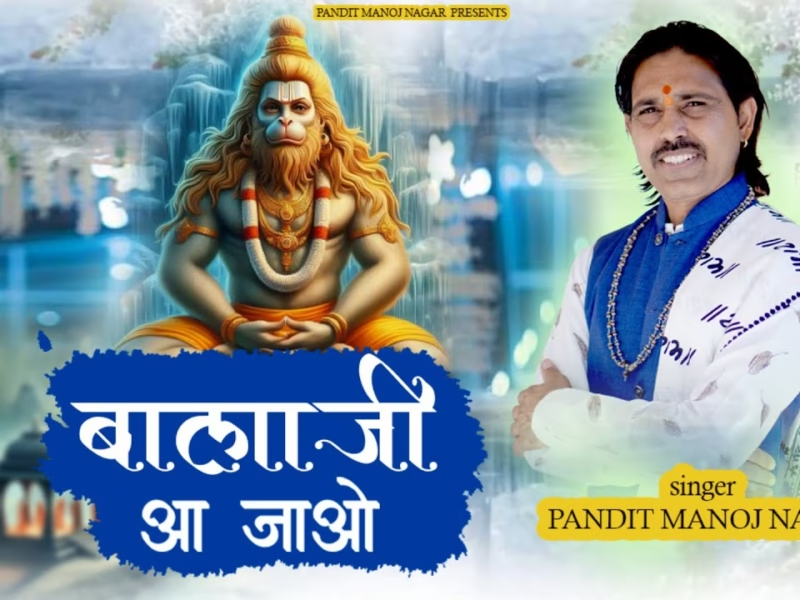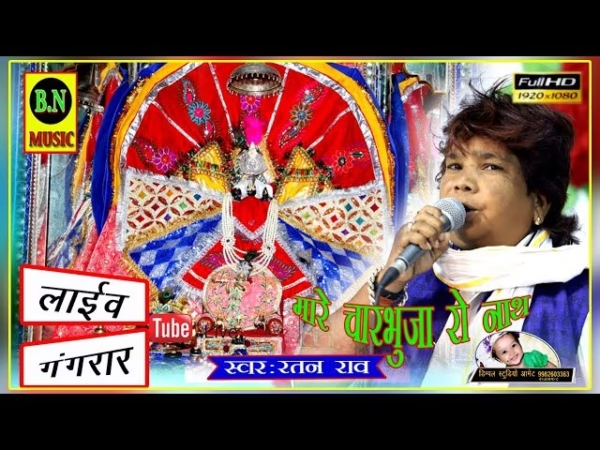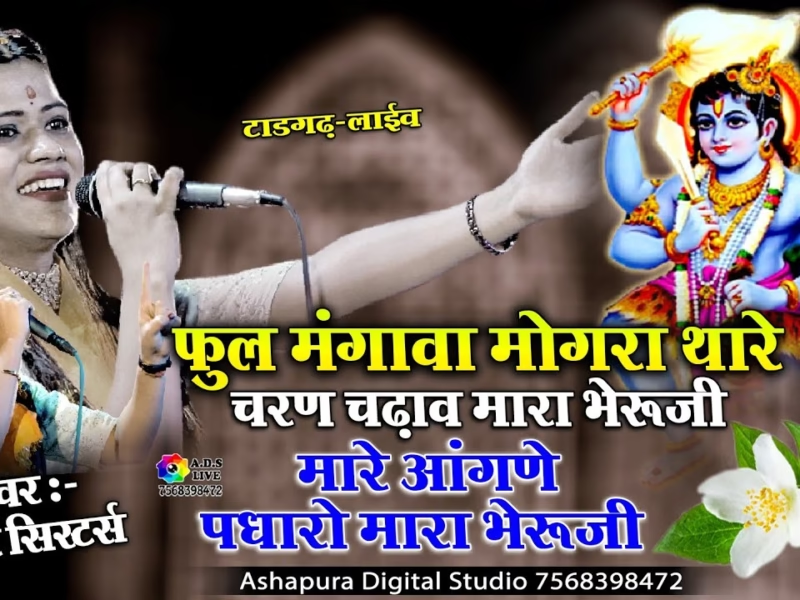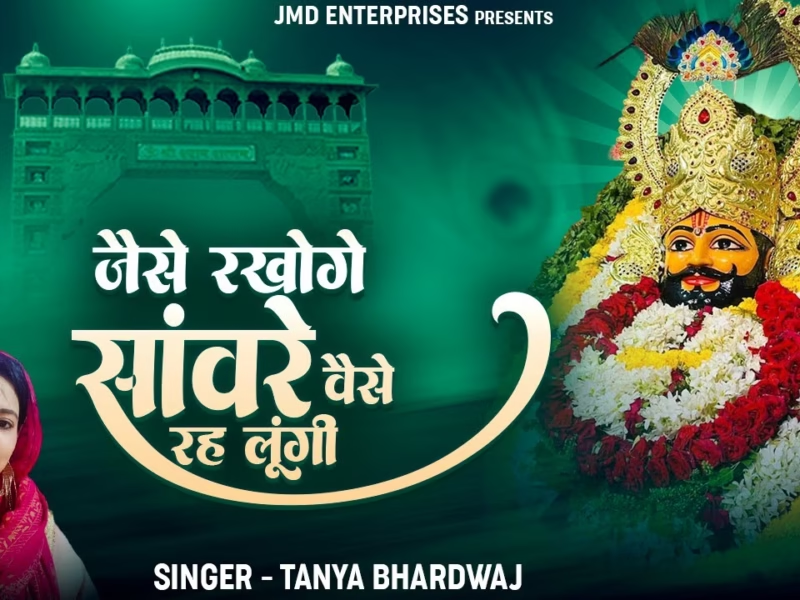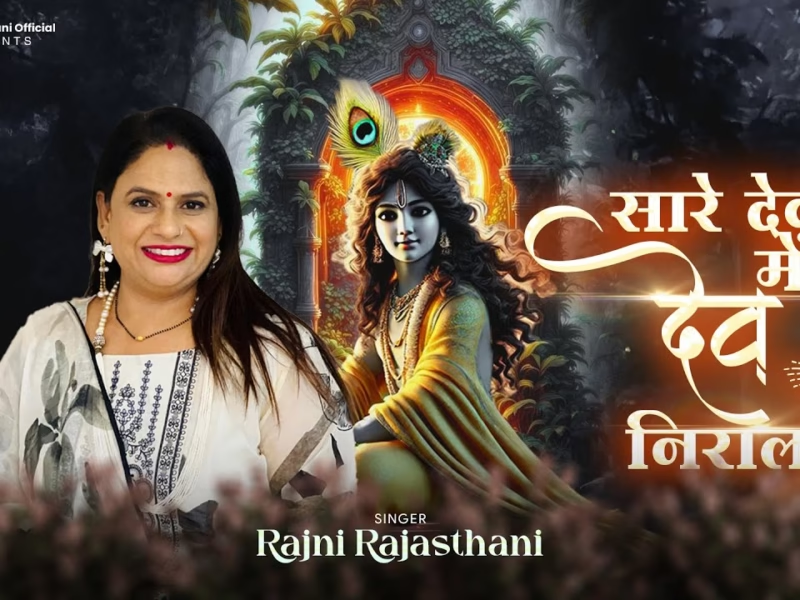Om ! That (Brahman) is infinite, and this (universe) is infinite.
The infinite proceeds from the infinite.
(Then) taking the infinitude of the infinite (universe),
It remains as the infinite (Brahman) alone.
Om ! Let there be Peace in me !
Let there be Peace in my environment !
Let there be Peace in the forces that act on me !
CHAPTER – I
1. Hari Om. Brihaspati asked Yajnavalkya: “That which is called Kurukshetra is the place of the sacrifice of the Devas and the spiritual seat of all beings. Therefore where should one go in order that he may cognise Kurukshetra, the place of the sacrifice of the Devas and the spiritual seat of all beings ?†(To which Yajnavalkya replied): “Avimukta is Kurukshetra, the place of the sacrifice of the Devas and of the study of Brahman, because it is there that Rudra initiates one into the Taraka Brahman when Prana (life) goes out. Through this, one becomes immortal and the enjoyer of Moksha. Therefore one should always be in the midst of that place Avimukta and should never leave, O Reverend Sir, Avimukta.†Thus said Yajnavalkya.
2. Then Bharadvaja asked Yajnavalkya: “What is Taraka ? What is that which causes one to cross (this mundane existence)â€. To which Yajnavalkya replied: “Om Namo Narayanaya is the Taraka. It should be worshipped as Chidatma. Om is a single syllable and of the nature of Atman. Namah is of two syllables and is of the nature of Prakriti (matter). Narayanaya is of five syllables and is of the nature of Parabrahman. He who knows this becomes immortal. Through ‘Om’, is Brahma produced; through ‘Na’ is Vishnu produced; through ‘Ma’ is Rudra produced; through ‘Na’ is Ishvara produced; through ‘Ra’ is the Anda-Virat (or Virat of the universe) produced; through ‘Ya’ is Purusha produced; through ‘Na’ is Bhagavan (Lord) produced; and through ‘Ya’ is Paramatman produced. This Ashtakshara (eight syllables) of Narayana is the supreme and the highest Purusha. Thus is the Rig-Veda with the first foot (or half).
CHAPTER – II
That which is Om is the indestructible, the supreme and Brahman. That alone should be worshipped. It is this that is of the eight subtle syllables. And this becomes eight, being of eight forms. ‘A’ is the first letter; ‘U’ is the second; ‘M’ is the third; Bindu is the fourth; Nada is the fifth; Kala is the sixth; Kalatita (that beyond Kala) is the seventh; and that which is beyond these is the eighth. It is called Taraka, because it enables one to cross this mundane existence. Know that Taraka alone is Brahman and it alone should be worshippedâ€. The (following) verses may be quoted here:
1. “From the letter ‘A’ came Brahma named Jambavan (the bear). From the letter ‘U’ came Upendra, named Hari.
2. From the letter ‘M’ came Shiva, known as Hanuman. Bindu is named Ishvara and is Satrughna, the Lord of the discuss itself.
3. Nada should be known as the great Lord named Bharata and the sound of the conch itself. From Kala came the Purusha himself as Lakshmana and the bearer of the earth.
4. Kalatita is known as the goddess Sita Herself. That which is beyond is the Paramatman named Sri Rama and is the highest Purusha.
All this is the explanation of the letter Om, which is the past, the present and future and which is other than these (viz.,) Tattva, Mantra, Varna (colour), Devata (deity), Chhandas (metre), Rik, Kala, Sakti and Srishti (creation). He who knows this becomes immortal. (Thus is) Yajur-Veda with the second footâ€.
CHAPTER – III
Then Bharadvaja asked Yajnavalkya: “Through what Mantra is Paramatman pleased and shows his own Atman (to persons) ? Please tell thisâ€. Yajnavalkya replied:
1. Om. He who is Sri-Paramatman, Narayana and the Lord described by (the letter) ‘A’ and is Jambavan (the bear) and Bhuh, Bhuvah and Suvah; Salutation to Him !
2. Om. He who is Sri-Paramatman, Narayana and the Lord described by (the letter) ‘U’ and is Upendra (or) Hari and Bhuh, Bhuvah and Suvah; Salutation to Him !
3. Om. He who is Sri-Paramatman, Narayana and the Lord described by (the letter) ‘M’ and is of the form of Shiva (or) Hanuman and Bhuh, Bhuvah and Suvah; Salutation to Him !
4. Om. He who is Sri-Paramatman, Narayana, the Lord of Satrughna of the form of Bindu and the Bhuh, Bhuvah and Suvah; Salutation to Him !
5. Om. He who is Sri-Paramatman, Narayana and the Lord, and is Bharata of the form of Nada and the Bhuh, Bhuvah and Suvah; Salutation to Him !
6. Om. He who is Sri-Paramatman, Narayana and the Lord, and is Lakshmana of the form of Kala and the Bhuh, Bhuvah and Suvah; Salutation to Him !
7. Om. He who is Sri-Paramatman, Narayana and the Lord, and is Kalatita, the Goddess Sita, of the form of Chit and the Bhuh, Bhuvah and Suvah; Salutation to Him !
8. Om. He who is Sri-Paramatman, Narayana and the Lord that is beyond that (Kalatita), is the supreme Purusha and is the ancient Purushottama, the eternal, the immaculate, the enlightened, the emancipated, the true, the highest bliss, the endless, the secondless and the all-full – that Brahman is myself. I am Rama and the Bhuh, Bhuvah and Suvah; Salutation to Him !
He who has mastered this eightfold Mantra is purified by Agni; he is purified by Vayu; he is purified by the sun; he is purified by Shiva; he is known by all the Devas. He attains the fruit of reciting Itihasas, Puranas, Rudra (Mantras), a hundred thousand times. He who repeatedly remembers (or recites) the Ashtakshara (the eight-syllabled Mantra) of Narayana gains the fruit of the recitation of Gayatri a hundred thousand times or of Pranava (Om) a myriad of times. He purifies (his ancestors) ten (degrees) above and (his descendants) ten (degrees) below. He attains the state of Narayana. He who knows this (attains) the state of Narayana).
Like the eye (which sees without any obstacle) the things spread (in the sky), the wise ever see this supreme seat of Vishnu. Brahmanas who are spiritually awake praise in diverse ways and illuminate the supreme abode of Vishnu. Thus is the Upanishad. (Thus is) the Sama-Veda with the third foot. Hari Om Tat Sat !
Om ! That (Brahman) is infinite, and this (universe) is infinite.
The infinite proceeds from the infinite.
(Then) taking the infinitude of the infinite (universe),
It remains as the infinite (Brahman) alone.
Om ! Let there be Peace in me !
Let there be Peace in my environment !
Let there be Peace in the forces that act on me !
Here ends the Tarasara Upanishad belonging to the Sukla-Yajur-Veda.
